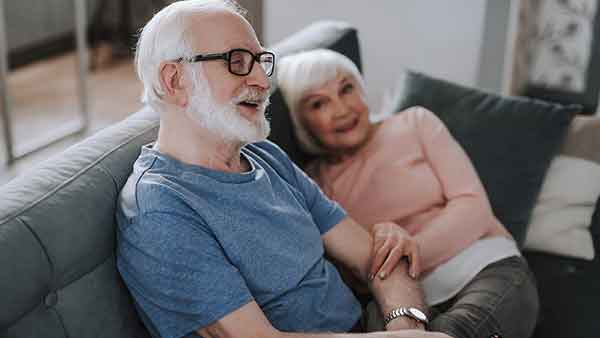Remote monitoring provided “a safe and effective route” to manage Covid patients at home, minimised contact for positive cases and significantly reduced demand on alternative services, an NHS evaluation has found.
Sussex Health and Care set up the Oximetry @ Home service with Inhealthcare for high-risk and clinically vulnerable patients, including those with disabilities or from disadvantaged backgrounds, to manage a surge in Omicron cases.
GPs referred more than 2,000 patients to the service between January and May this year, potentially saving up to 440 emergency attendances, 750 GP visits and 1,150 calls to 111, according to the ICS evaluation. Patient feedback was “overwhelmingly positive” with 99 per cent reporting a “very good” or “good” experience and just 1 per cent providing a neutral response.
Patients were monitored three times a day using a pulse oximeter with clinical questions sent by text, email or telephone. The evaluation found the flexible contact methods worked well for patients with learning difficulties, sensory impairment and mental health conditions or those who did not have English as their first language. Overall, a fifth of patients, typically among older groups, chose telephone, demonstrating the importance of offering a range of contact methods to suit the individual.
The service aimed to put in place clinically safe and effective services, release capacity in clinical teams to support patients who need the most support, reduce the length of stay in hospital through the early identification of deteriorating health and help patients to self-manage their Covid symptoms.
One patient said: “The service works brilliantly and kept me from going to A&E. I knew that if my condition got worse help was immediately at hand.” Another added: “Because I do not have a smartphone I got stressed about reporting my readings but the team were great and they called me on my home phone three times a day so I could report my results.” A 74-year-old with heart disease commented: “It is an excellent way of engaging the patient in their care, providing what they fundamentally need while lessening the strain on overstretched health services.”
The majority of patients – 96 per cent – were discharged as recovered or self-discharged after an average of 10 days. The longest period was 42 days. Two per cent of patients were admitted to hospital although it is not known if this was due to Covid.
The evaluation was based on patient survey data, GP survey data, service data and metrics, feedback from GP federations and alliances and Covid admissions data. Most practices said they found the service easy to use.
Sussex Health and Care said learnings from the project would inform the development of other remote monitoring services to deliver specialist care at home and manage any future increase in need.

